Exploring the role of Cytocentrifuges in medical laboratory analysis

Cytocentrifuges have revolutionized the field of clinical pathology in recent years due to the more precise and accurate results they can provide. This technology has become an indispensable tool for routine sample identification and for obtaining information on cell shape and structure. This information is useful in the diagnosis and treatment of numerous infectious and inflammatory diseases.
How to improve the efficiency of cytocentrifuges in medical laboratories
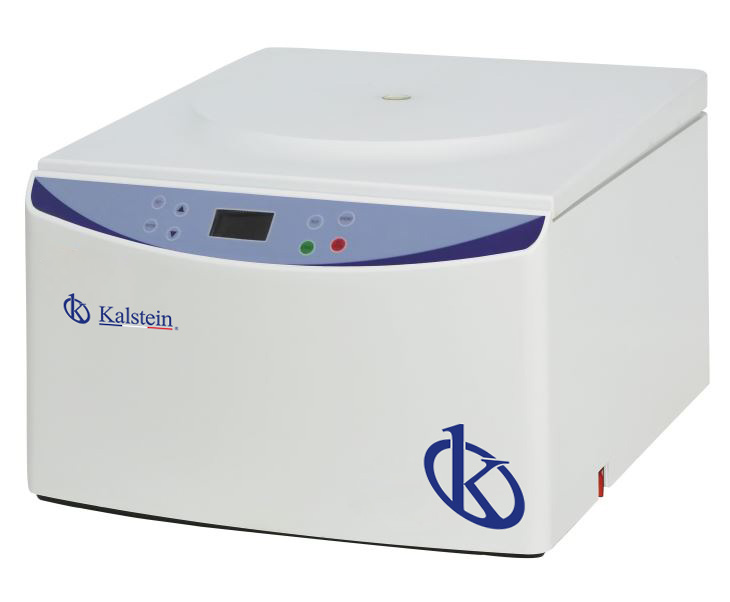
Cytocentrifuges have revolutionized the field of clinical pathology in recent years due to the more precise and accurate results they can provide. This technology has become an indispensable tool for routine sample identification and for obtaining information on cell shape and structure. This information is useful in the diagnosis and treatment of numerous infectious and inflammatory diseases.
How to safely use a laminar flow hood in a medical laboratory
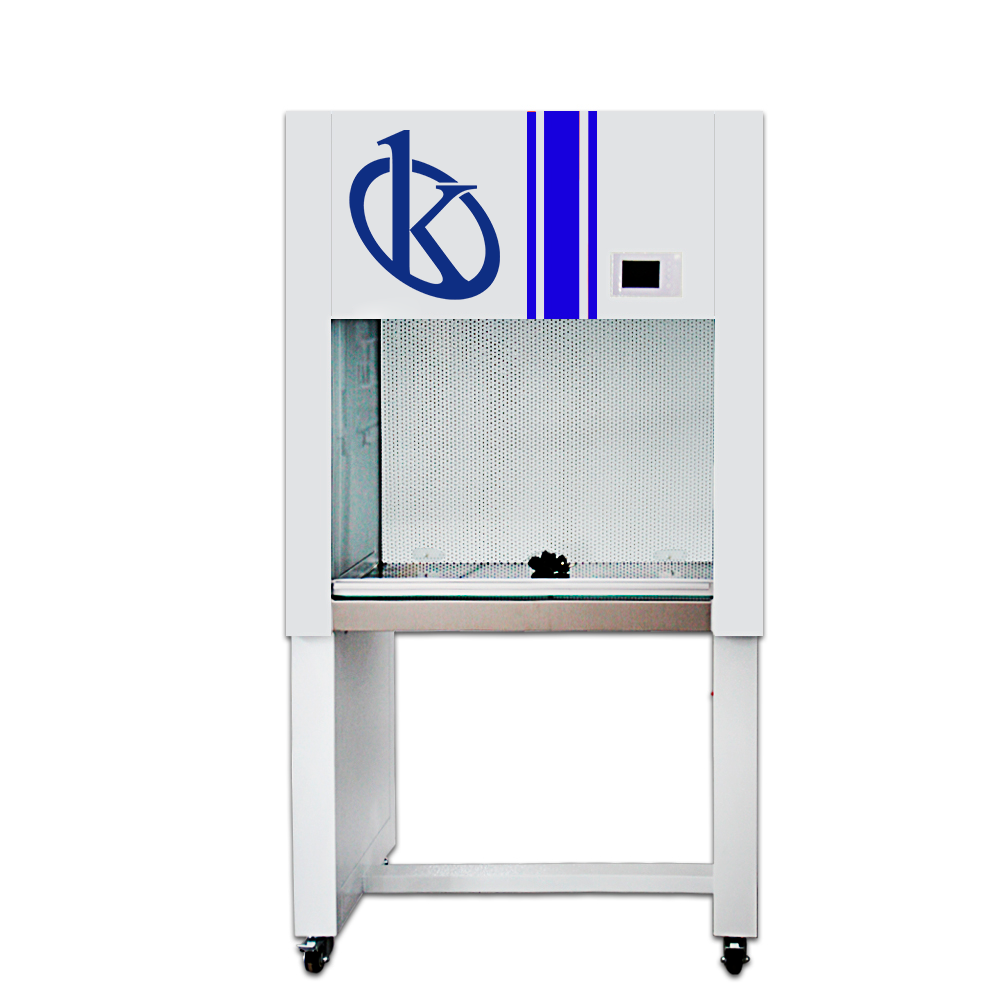
This is an essential device for maintaining a clean environment in a medical laboratory. However, it is essential to understand how to safely use a laminar flow hood to ensure that safety protocols are being followed. Such precautions include establishing regulations and completing the correct amount of laminar flow. It is also important to inform all users on how to properly use the hood, as well as maintain laminar flow around the hood. Awareness of these issues is necessary to ensure that medical procedures are performed safely and effectively.
Importance of the laminar flow hood in the handling of medical specimens
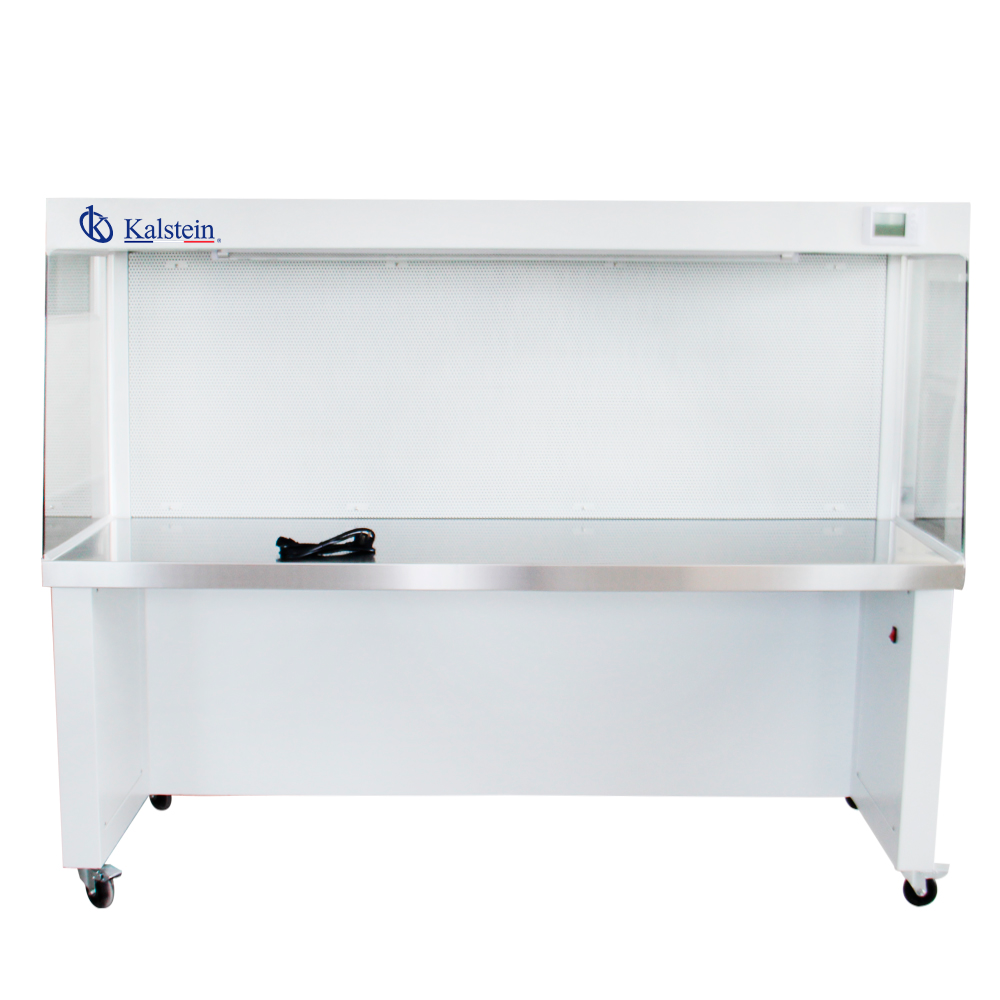
The laminar flow bell is a vital tool in clinical laboratories, hospitals and other medical care facilities that offer evidence and procedures involving the manipulation of medical samples. This technology-based tool is critical to maintain sample quality, to ensure the safety of the professionals handling the sample, and to ensure that the quality of the results is not affected by contamination that occurs during the handling process. In this tool, laminar flow is used to reduce the amount of microorganisms that are entrained in the air and come into contact with a sample being handled.
Benefits and needs of a Laminar Flow Hood in a medical laboratory
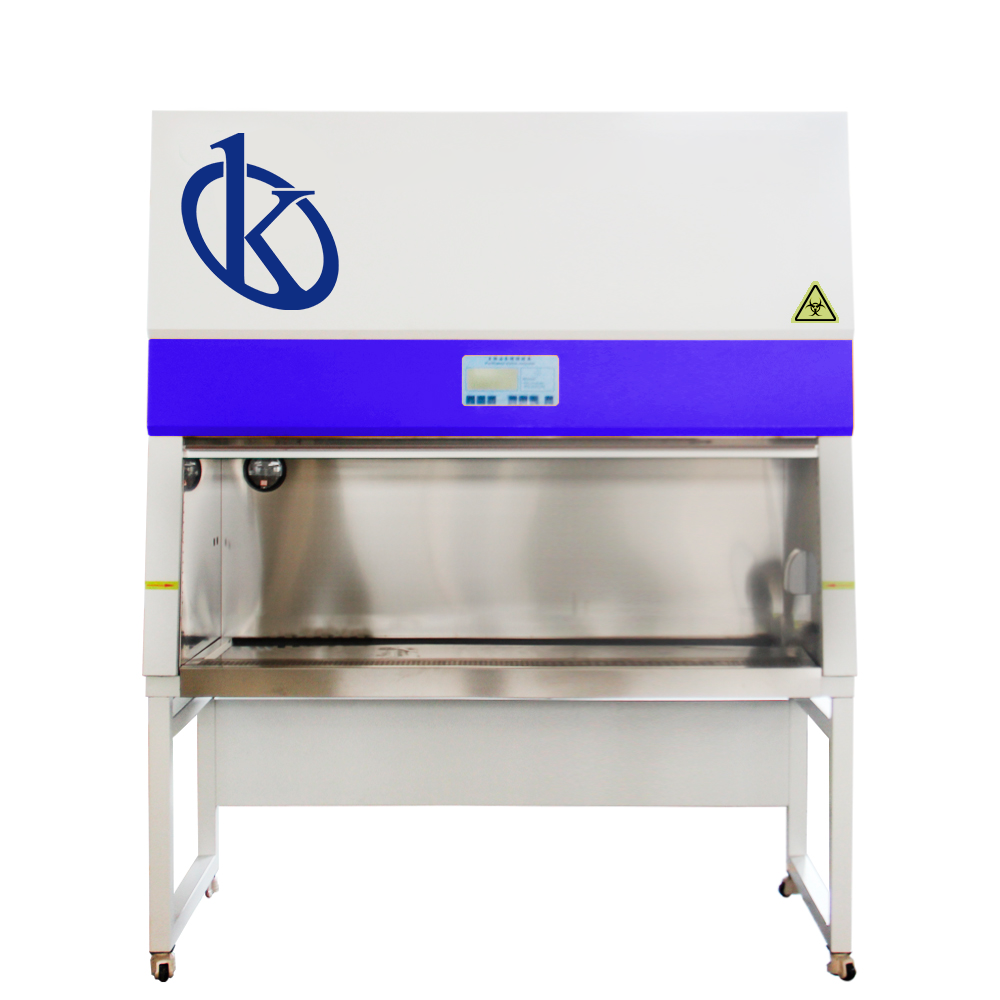
A CFL not only improves the air quality in a laboratory, but also allows laboratory users to save time and energy. This is because with a laminar flow hood, lab operators do not have to worry about performing thorough cleaning and disinfection procedures after each use. This means they can spend less time cleaning the space and focus more on day-to-day work to reduce energy costs and preserve any product on site. In this way, a CFL offers greater performance, both in the field of health safety and efficiency.
How to make the most of the laminar flow hood in a medical laboratory
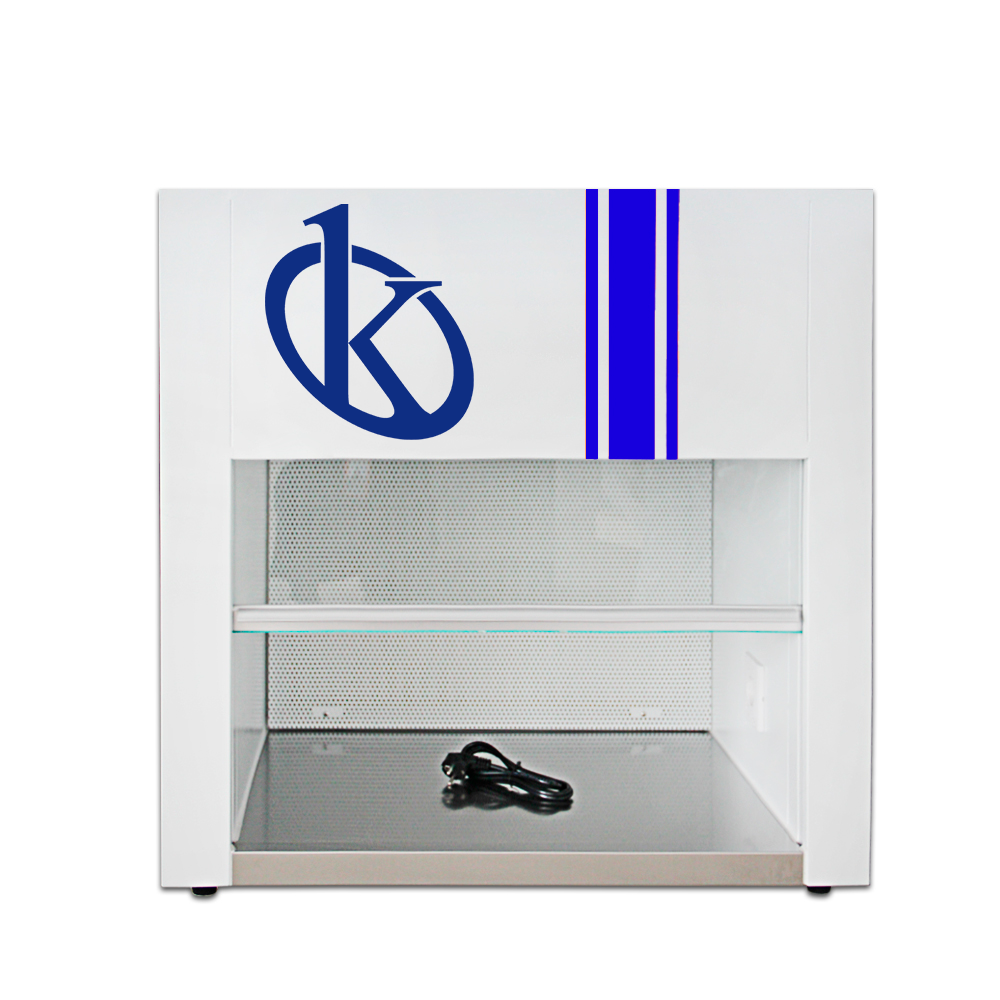
First, physicians should be sure to follow established protocols. This means checking all equipment, making sure it is clean and free of contaminants. If there is anything out of the ordinary, a qualified professional should be notified for immediate review.
How the tissue processor contributes to the advancement of evidence-based medicine in anatomic pathology
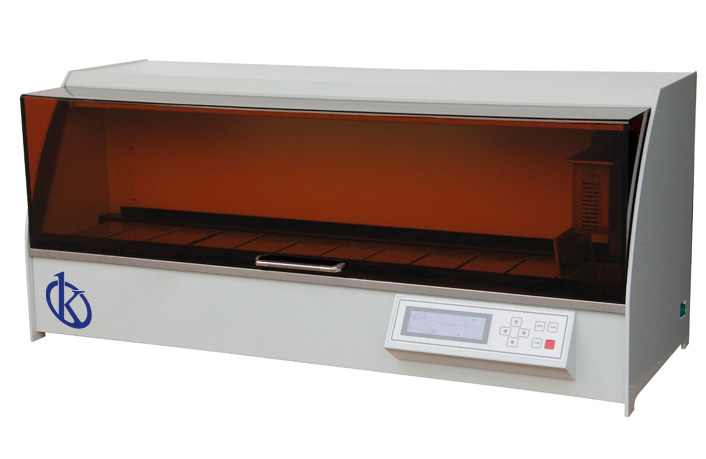
Using a tissue processor as part of the diagnostic process speeds up tissue examination by providing results immediately after extraction and saves resources by reducing the number of manual steps taken when performing a biopsy. Samples are also properly preserved for later results, resulting in more accurate information and faster diagnosis. Its ease of use is of benefit to all departments in the pathology department where the samples are collected and analyzed.
How tissue processor technology improves pathology diagnosis

Tissue processors have a wide range of applications in disease diagnosis. For example, they are widely used for the detection of development and progression of diseases such as cancer, inflammatory and neurodegenerative diseases, among others. Some PTs have also been used to aid complex cytopathological diagnoses, such as breast cancer, rectal colon cancer and glioma. This allows non-clinical medical professionals to obtain complete and detailed information about tissues more accurately, greatly expanding the possibilities for accurate diagnoses.
What benefits can tissue inclusion systems bring to the study of Anatomic Pathology?
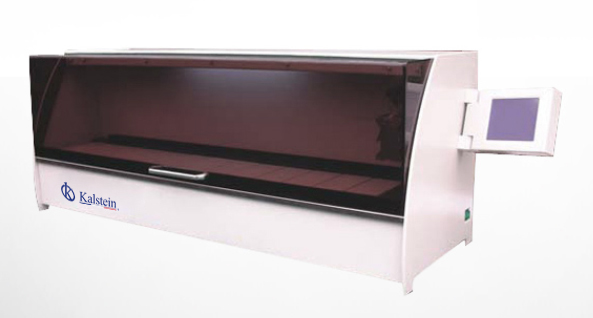
Ultimately, SISTs offer pathologists multiple benefits in terms of work efficiency, safety and quality. This allows healthcare professionals to have tools that facilitate their involvement in pathology examinations, allowing for greater certainty in diagnoses and results. As a whole, the use of TIS is contributing enormously to the clinical practice of Anatomic Pathology.
How Tissue Inclusion Systems can be used in the practice of Anatomic Pathology
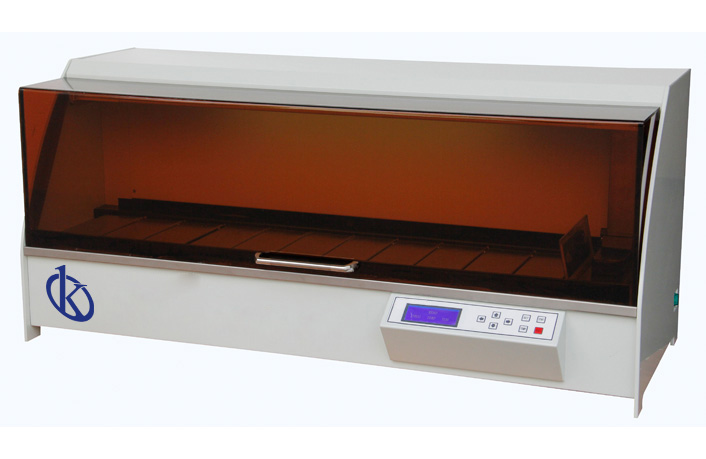
The application of tissue inclusion systems in anatomic pathology enables disease-specific diagnosis, providing pathologists with the information they need for correct treatment. These systems are characterized by providing tissue inclusion in materials designed to protect the tissue from desiccation, thus allowing the preservation of individual tissues for accurate and reliable diagnoses. In addition, they also offer a high capacity for pattern detection and the evaluation and diagnosis of samples, helping to minimize variations in the quality of the result.
